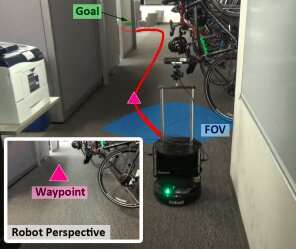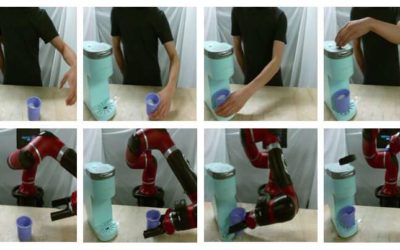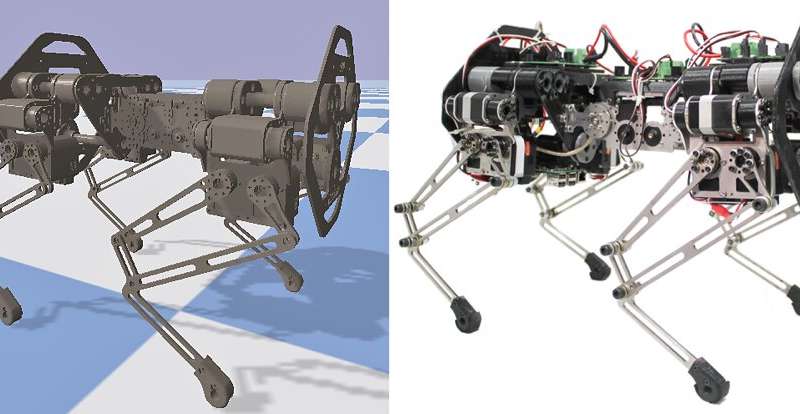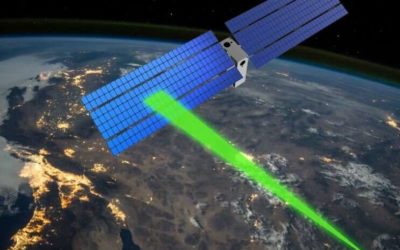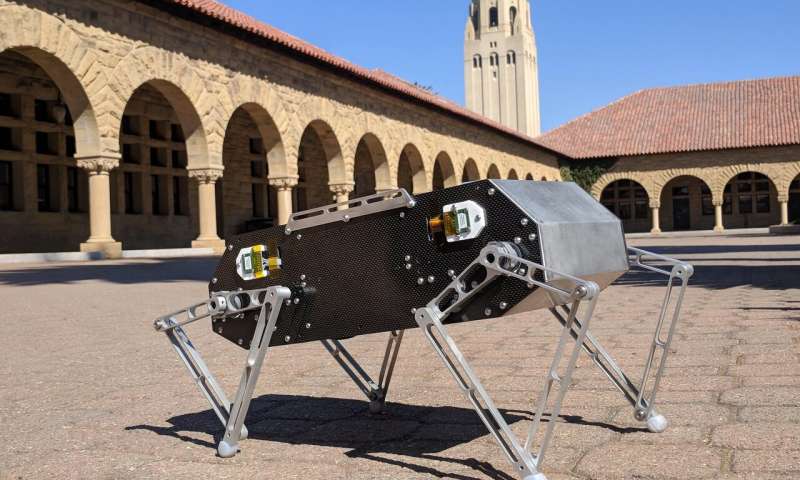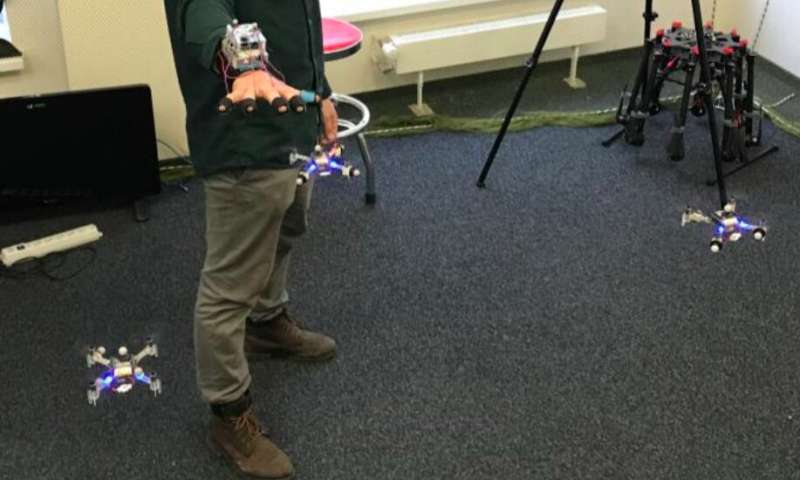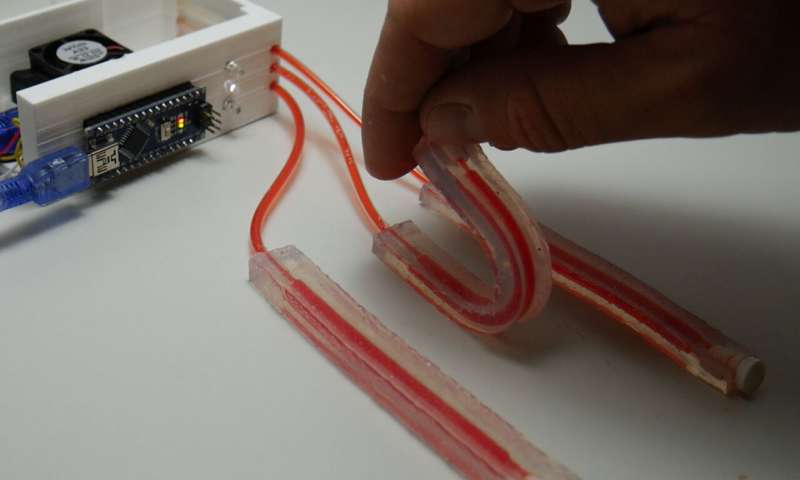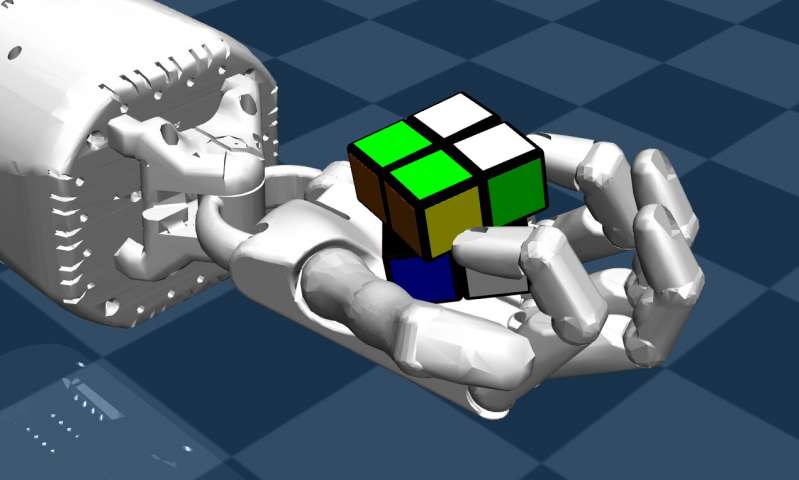Researchers at UC Berkeley and Facebook AI Research have recently developed a new approach for robot navigation in unknown environments. Their approach, presented in a paper pre-published on arXiv, combines model-based control techniques with learning-based perception.
Robotics
Robotic architecture inspired by pelican eel: Origami unfolding and skin stretching mechanisms
Artificial intelligence and robotics architectures are often inspired by patterns occurring in nature, both in humans and animals. Patterns of movement observed in animals have been replicated in robots via a number of shape-changing mechanisms such as chemical...
AVID: a framework to enhance imitation learning in robots
In recent years, research teams worldwide have been using reinforcement learning (RL) to teach robots how to complete a variety of tasks. Training these algorithms, however, can be very challenging, as it also requires substantial human efforts in properly defining...
Using a simulation framework to study spine behaviors of quadruped robots
Researchers at the Robert Bosch center for cyber physical systems in Bangalore, India, have recently proposed a simulation framework to systematically study the effects of spinal joint actuation on the locomotion performance of quadruped robots. In their study,...
Using laser beams for communication and coordination of spacecraft swarms
Swarms of small spacecraft could have a variety of interesting applications, particularly in terms of Earth observation, global positioning and communications. Compared to large spacecraft, small spacecraft provide greater apertures, allowing for better observation of...
Using sensors to improve the interaction between humans and robots walking together
Researchers at the BioRobotics Institute of Scuola Superiore Sant"Anna, Co-Robotics srl and Sheffield Hallam University have recently proposed a new approach to improve interactions between humans and robots as they are walking together. Their paper, published in...
Stanford Doggo: a highly agile quadruped robot
Researchers at Stanford University have recently created an open-source quadruped robot called Stanford Doggo. Their robot, presented in a paper pre-published on arXiv and set to be published by IEEE Explore, exceeds the performance of many state-of-the-art legged...
SwarmTouch: A tactile interaction strategy for human-swarm communication
Researchers at the Skolkovo Institute of Science and Technology (Skoltech) in Russia have recently introduced a new strategy to enhance interactions between humans and robotic swarms, called SwarmTouch. This strategy, presented in a paper pre-published on arXiv,...
Skinflow: A soft robotic skin based on liquid transmission
Researchers at the Bristol Robotics Laboratory and the University of Bristol have recently developed a new soft robotic skin-like sensor that is based on fluidic transmission. This sensor, presented at the second IEEE International Conference on Soft Robotics...
Solving a Rubik’s Cube with a dexterous hand
In recent years, a growing number of researchers have explored the use of robotic arms or dexterous hands to solve a variety of everyday tasks. While many of them have successfully tackled simple tasks, such as grasping or basic manipulation, complex tasks that...

